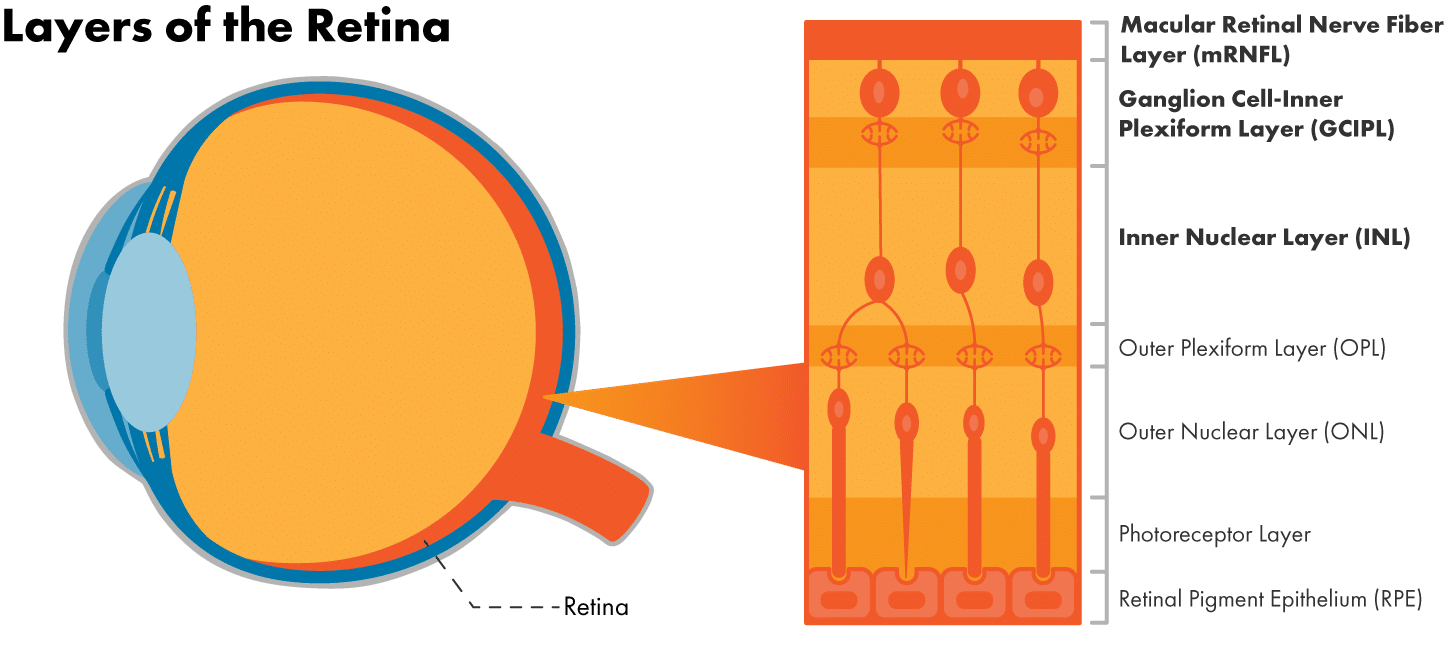‘Seeing’ the early signs of Parkinson’s

Researchers from University College London and Moorfields Eye Hospital investigated retinal imaging as a potential diagnostic tool for Parkinson’s. The group found changes in the retinas of people with Parkinson’s are detectable years before diagnosis, indicating retinal imaging could be a viable means of identifying disease risk.
Parkinson’s experts are always looking for new diagnostic and disease-monitoring tools. Previous studies have indicated that retinal scans may represent a viable biomarker for Parkinson’s diagnosis and disease risk; however, this has yet to be explored in real-world populations. The retina is the part of the eye that converts incoming light into electrical signals, which are processed by the brain to create images. The retina is divided into multiple layers of cells and its thickness can be measured using an imaging method called optical coherence tomography.
Researchers from University College London and Moorfields Eye Hospital conducted a study to compare the retinal images of people with Parkinson’s, making measurements before and after diagnosis. Images were collected from two pre-existing databanks – AlzEye and the UK Biobank. The researchers were interested in measuring three layers of the retina: the macular retinal nerve fibre layer (mRNFL), the inner nuclear layer (INL), and the ganglion cell-inner plexiform layer (GCIPL).

Interestingly, the team found both the INL and GCIPL had reduced thickness in people with Parkinson’s. Furthermore, the thinning of these layers appeared years before a Parkinson’s diagnosis was given, suggesting that this feature could be an indicator (or biomarker) of disease risk. Additional research will be needed to replicate and confirm these results, but they do hold an exciting opportunity for early-disease detection.




